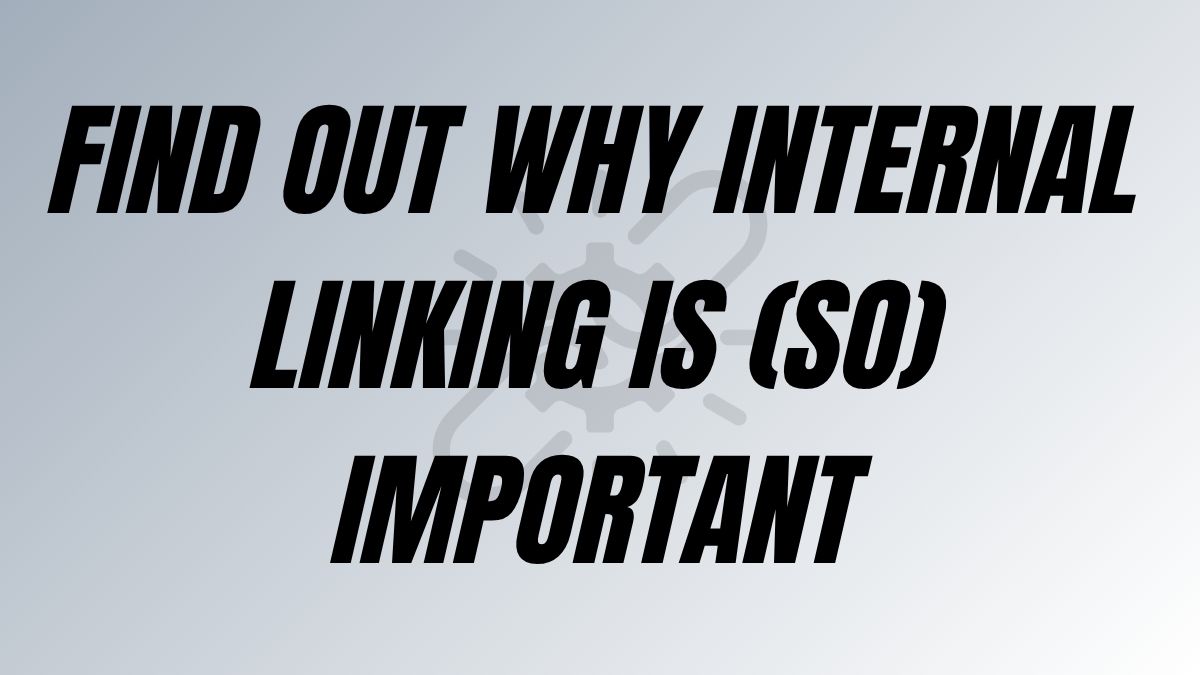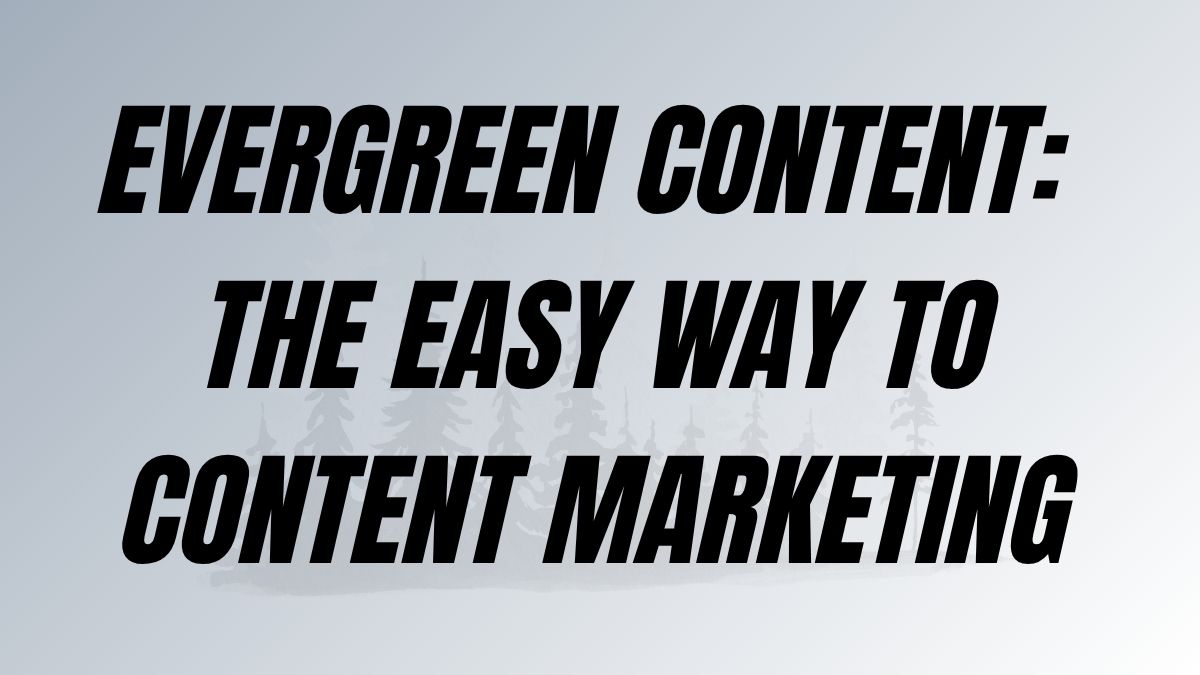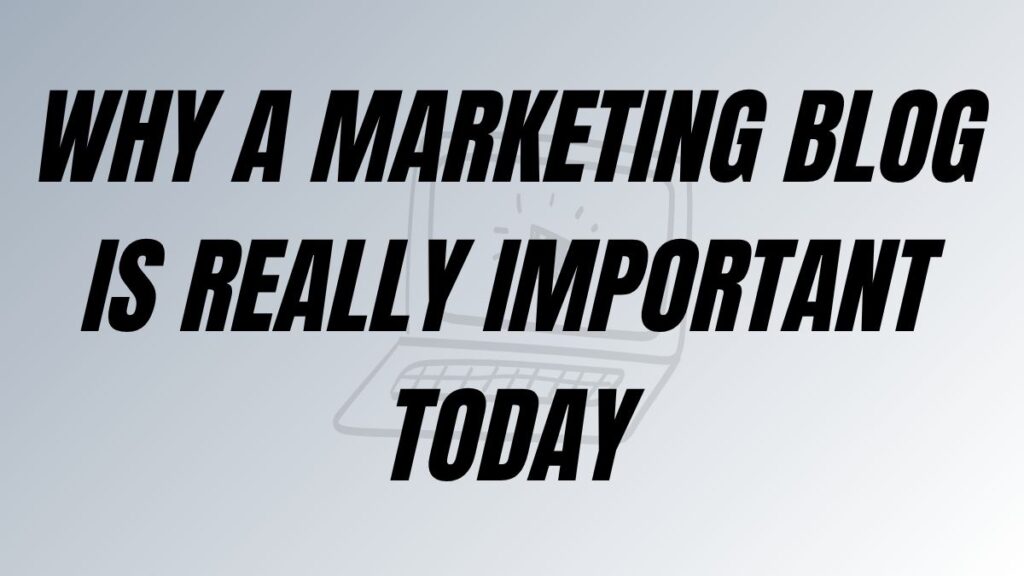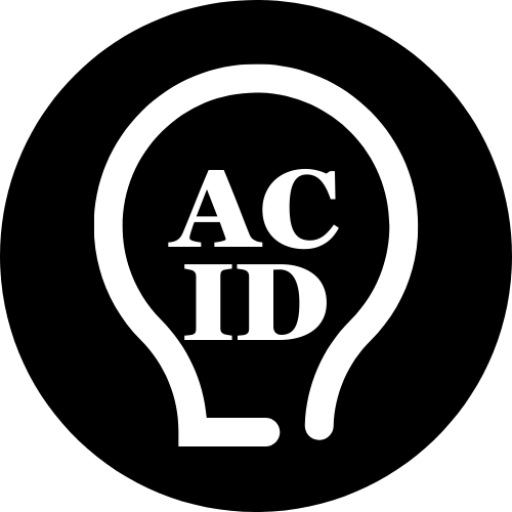Introduction
Are your B2B blog posts generating leads and engagement, or are they fading into the digital background? For B2B marketers, impactful blogging transcends mere word count. It’s about strategically structuring content that resonates with your target audience, achieves high search engine rankings, and ultimately drives conversions. While long-form content (around 1,500 words) often performs well on Google due to its depth, structure is the bedrock of its success. Let’s explore how a robust blog post framework can transform your B2B content strategy.
Why a Blog Post Framework is Crucial for B2B
B2B professionals are discerning readers with limited time. They actively seek valuable insights and solutions, often skimming content to quickly assess its relevance. In fact, studies indicate that a significant portion of online readers (around 43%) skim rather than read word-for-word. A well-defined blog post framework ensures your key messages are easily digestible and don’t get lost. It’s no longer a nice-to-have; it’s a necessity for effective communication and achieving your content marketing goals. A strong structure enhances both user experience and SEO performance. When your content is logically organised with clear headings and subheadings, readers can quickly find the information they need. This improves engagement and reduces bounce rates.
From an SEO standpoint, a structured approach helps search engines understand the hierarchy and key topics of your content. Utilising headings (H1, H2, H3, etc.) signals the importance of different sections, making it easier for Google to index and rank your page for relevant keywords. Think of your framework as a blueprint that guides both your audience and search engines through your content seamlessly. Without it, even brilliant ideas can become buried in a wall of text, leading to a frustrating user experience and poor search visibility.
Exploring Effective B2B Blog Post Frameworks
While the core elements remain consistent, different frameworks can help you achieve specific goals. Here are a few popular models:
- The Problem-Agitate-Solve (PAS) Framework
This classic copywriting framework is highly effective for engaging readers by first identifying their pain point (Problem), then amplifying the negative consequences (Agitate), and finally presenting your solution (Solve). This framework is excellent for lead generation content. - The AIDA Framework (Attention-Interest-Desire-Action)
This framework focuses on the reader’s journey. You first grab their Attention with a compelling headline, build Interest by providing relevant information, create Desire by highlighting the benefits of your solution, and finally prompt them to take Action (e.g., download a resource, contact sales). - The Skyscraper Technique
This involves finding high-ranking content on a specific topic, creating a significantly better and more comprehensive piece of content, and then promoting it. This framework emphasizes depth and thoroughness. - The Listicle Framework
Organising information into numbered lists (e.g., “5 Ways to Improve Your Marketing Strategy”) makes content highly scannable and easy to digest. This format is great for providing actionable tips and driving traffic. - The “How-To” Guide Framework
This framework focuses on providing step-by-step instructions to help readers solve a specific problem or achieve a particular goal. It emphasizes practicality and actionable advice. - The Comparison Framework
This involves comparing different products, services, or approaches. It’s valuable for helping B2B buyers make informed decisions.
Key Elements of a Strong Blog Post Framework (Regardless of the Specific Model)
1. The Irresistible Headline (H1): Your First Point of Contact
Your headline is arguably the most critical element. It’s the gateway to your content, the first impression that determines whether a busy B2B professional will click and invest their valuable time. A compelling headline goes beyond simply stating the topic; it promises value, sparks curiosity, or addresses a specific pain point.
- Clarity is Key
Avoid ambiguity or overly clever phrasing. Your headline should clearly communicate what the post is about. - Value Proposition
What will the reader gain by clicking? Highlight the benefit – will they learn a new strategy, solve a problem, or gain a competitive edge? - Keywords Integration
Naturally incorporate relevant keywords that your target audience is likely searching for. This helps search engines understand the context of your content. - Intrigue and Specificity
Use numbers, power words (e.g., proven, essential, ultimate), or specific questions to pique interest. For example, instead of “Blog Post Tips,” consider “7 Proven Tips to Skyrocket Your B2B Blog Engagement.”
2. The Engaging Introduction: Hooking Your Audience from the Start
Once a reader clicks on your headline, your introduction needs to immediately validate their decision. This is your opportunity to connect with their challenges, establish relevance, and promise a valuable takeaway.
- Address Pain Points Directly
Start by acknowledging a problem or frustration that your B2B audience commonly faces. This shows empathy and establishes that you understand their needs. - Pose an Intriguing Question
A well-crafted question can draw the reader in and make them curious to find the answer within your post. - Share a Relevant Statistic or Anecdote
Startling data or a brief, relatable story can grab attention and establish the importance of your topic. - Clearly State the Value Proposition
Reiterate what the reader will learn or achieve by reading your blog post. Set clear expectations. - Transition Smoothly
Your introduction should naturally lead into the main body of your content, providing a roadmap of what’s to come.
3. Well-Organised Subheadings (H2s, H3s): Navigating for Clarity and SEO
Subheadings are the signposts of your blog post, guiding readers through your content and making it easily scannable. They also play a vital role in SEO by structuring your content for search engines.
- Logical Hierarchy
Use H2 tags for main sections and H3 tags for subsections within those topics. This creates a clear outline of your content’s structure. - Descriptive and Keyword-Rich
Each subheading should accurately reflect the content of the section below it and incorporate relevant keywords where appropriate. - Break Up Text Blocks
Subheadings visually divide your content, preventing large walls of text that can overwhelm readers. - Facilitate Skimming
B2B professionals often skim content for key information. Well-crafted subheadings allow them to quickly identify the sections most relevant to their needs.
4. Strategic Use of Visuals: Enhancing Engagement and Understanding
Visuals are no longer optional; they are essential for breaking up text, illustrating complex concepts, and increasing reader engagement.
- Relevance is Paramount
Choose visuals that directly support and enhance your content. Avoid generic stock photos that don’t add value. - Variety is Key
Incorporate a mix of images, infographics, charts, graphs, and videos to keep your content visually appealing. - Optimize for Performance
Compress your images to reduce file size and improve page loading speed, which is crucial for user experience and SEO. - Descriptive Alt Text: Always include descriptive alt text for your images. This not only improves accessibility for visually impaired users but also provides search engines with context about your visuals.
5. The Power of Linking: Connecting Ideas and Building Authority
Strategic linking, both internal and external, enhances the value and credibility of your blog post.
- Internal Linking
Link to other relevant pages and blog posts on your own website. This helps readers explore related content, increases dwell time, and improves your site’s overall SEO. - External Linking
Link to authoritative and credible external sources to back up your claims, provide further context, and enhance the trustworthiness of your content. Ensure these links open in a new tab so readers aren’t immediately navigated away from your site.
6. The Compelling Call-to-Action (CTA): Guiding the Next Step
Every B2B blog post should have a clear purpose and guide readers towards a desired action. Your CTA is the prompt that encourages them to take that next step.
- Clarity and Conciseness
Your CTA should be easy to understand and clearly state what you want the reader to do (e.g., “Download our free guide,” “Request a demo,” “Subscribe to our newsletter”). - Relevance to Content
The CTA should logically follow the topic of your blog post. Offer a resource or action that provides further value related to what they just read. - Prominent Placement
Make your CTA visually distinct and easy to find. Consider placing it at the end of your post and potentially within the body as well.
Strong Action Verbs: Use action-oriented language that encourages clicking (e.g., “Download,” “Learn More,” “Contact Us”).
An actionable 9-Step Guide to Implementing Your Framework
- Understand Your Audience and Goals
Define your ideal B2B reader’s needs, pain points, and information-seeking behavior. What do you want this blog post to achieve (e.g., lead generation, brand awareness, thought leadership)? - Conduct Thorough Keyword Research
Identify the terms your target audience is searching for online. This will inform your topic, headline, subheadings, and overall content. - Select the Right Framework
Choose the framework that best aligns with your topic and goals (e.g., PAS for problem-solving, listicle for actionable tips). - Create a Detailed Outline
Develop a structured outline with your main points and supporting details under each subheading. This ensures logical flow and prevents you from overlooking crucial information. - Write Engaging and Valuable Content
Focus on providing actionable insights, practical advice, and well-supported arguments. Use clear, concise, and professional language. Break up long paragraphs for readability. - Optimise for On-Page SEO
Incorporate your target keywords naturally within your headline, subheadings, body text, meta description, and image alt text. - Incorporate Visuals and Links
Strategically embed relevant visuals and both internal and external links to enhance engagement and credibility. - Include a Compelling Call-to-Action
Make it clear what you want readers to do next. - Proofread and Edit Meticulously
Ensure your blog post is free of grammatical errors, typos, and awkward phrasing. Tools can help, but human review is essential.
Common Mistakes to Avoid When Structuring Blog Posts
Even experienced marketers can fall into traps that undermine the effectiveness of their blog content. Being aware of these common pitfalls is the first step in avoiding them.
1. The “Wall of Text” Syndrome: Overwhelming Your Readers
One of the quickest ways to lose a B2B reader is to present them with dense, unbroken blocks of text. In today’s fast-paced digital environment, readers have limited attention spans and are likely to abandon content that looks intimidating.
Solution: Break up your content into shorter paragraphs (2-3 sentences). Utilize white space effectively to improve readability. Employ headings, subheadings, bullet points, and visuals to create visual breaks and make your content more digestible.

2. Neglecting Mobile-First Design: Alienating a Significant Portion of Your Audience
With a growing percentage of B2B content being consumed on mobile devices, failing to optimize your blog for mobile is a critical mistake. A poor mobile experience can lead to high bounce rates and missed opportunities.
Solution: Ensure your website and blog have a responsive design that adapts seamlessly to different screen sizes. Use legible font sizes, avoid overly wide layouts, and ensure that buttons and links are easy to tap on mobile devices. Test your blog on various mobile devices to ensure a positive user experience.
3. The Missing or Ineffective Call-to-Action: Leaving Readers Without Direction
Creating valuable content is only half the battle. If you don’t guide readers towards a desired action, you’re missing out on potential leads and conversions.
Solution: Every blog post should have a clear and compelling CTA that aligns with the content’s topic and your overall marketing goals. Make your CTAs visually prominent and use clear, action-oriented language. Test different CTAs to see what resonates best with your audience.
4. Insufficient Keyword Research: Making Your Content Invisible
Creating great content that no one can find is a frustrating experience. Without understanding what your target audience is searching for, your blog posts are unlikely to rank well in search engine results.
Solution: Conduct thorough keyword research before writing any blog post. Identify the relevant terms and phrases your ideal B2B buyers are using. Strategically incorporate these keywords into your headline, subheadings, body text, and meta description.
5. Ignoring Visual Appeal: Creating a Monotonous Reading Experience
Pure text, no matter how informative, can be dull and unengaging. Visuals help to break up the monotony, illustrate complex ideas, and keep readers interested.
Solution: Plan to incorporate relevant and high-quality visuals throughout your blog posts. Choose visuals that enhance your message and appeal to your B2B audience. Remember to optimize them for performance and include descriptive alt text.
By focusing on these key elements and actively avoiding these common pitfalls, you can build a B2B blog post framework that not only delivers valuable content but also drives meaningful results for your business. It’s about creating a structured and engaging experience that caters to the needs of your audience and aligns with your strategic objectives.
Tools and Resources to Help You Create Better Blog Posts
Fortunately, there are plenty of tools available to streamline the blogging process. For keyword research, platforms like Ahrefs or SEMrush are invaluable for identifying high-ranking opportunities in your niche.
When it comes to writing and editing, tools like Grammarly can catch grammatical errors while Hemingway Editor ensures that your sentences are concise and easy to read. For visual content creation, Canva and Adobe Spark offer user-friendly templates for designing eye-catching graphics.
Lastly, analytics tools like Google Analytics or Hotjar can provide insights into how readers interact with your blog posts—helping you refine future content based on real data.
Conclusion: Building a Results-Driven B2B Blog
Creating a high-performing B2B blog post isn’t a matter of luck; it’s a result of strategic planning and consistent execution using a well-defined framework. By understanding your audience, choosing the right structure, and incorporating key elements like compelling headlines, organized content, and clear calls-to-action, you can transform your blog from a collection of digital pages into a powerful engine for engagement, lead generation, and business growth in 2025 and beyond. Start implementing these frameworks today and watch your B2B content deliver real results.
FAQs About The Ideal Blog Post Framework
How long should a B2B blog post be?
The sweet spot is between 1,500–2,500 words—long enough to provide value but concise enough to maintain reader interest.
How do I make my blog post more engaging?
Use storytelling techniques, include visuals like images or videos, ask questions directly addressing reader pain points, and write in a conversational tone.
Can I use AI tools to structure my blog posts?
Absolutely! AI tools like ChatGPT or Jasper AI can assist with outlines or even generate draft content—but always ensure the final version feels human-written.
What types of content work best for B2B blogs?
Case studies, whitepapers, how-to guides, and thought leadership pieces resonate most with B2B audiences.
To find out more about Content Marketing



> Discover the pages about SEO
🧠 How To Drive An Effective SEO Strategy For B2B SaaS Businesses
➡️ Mastering Keyword Research: A Practical Guide for SEO Success
🔓 Unlocking Success with Google SEO Tools: A Comprehensive Gu

